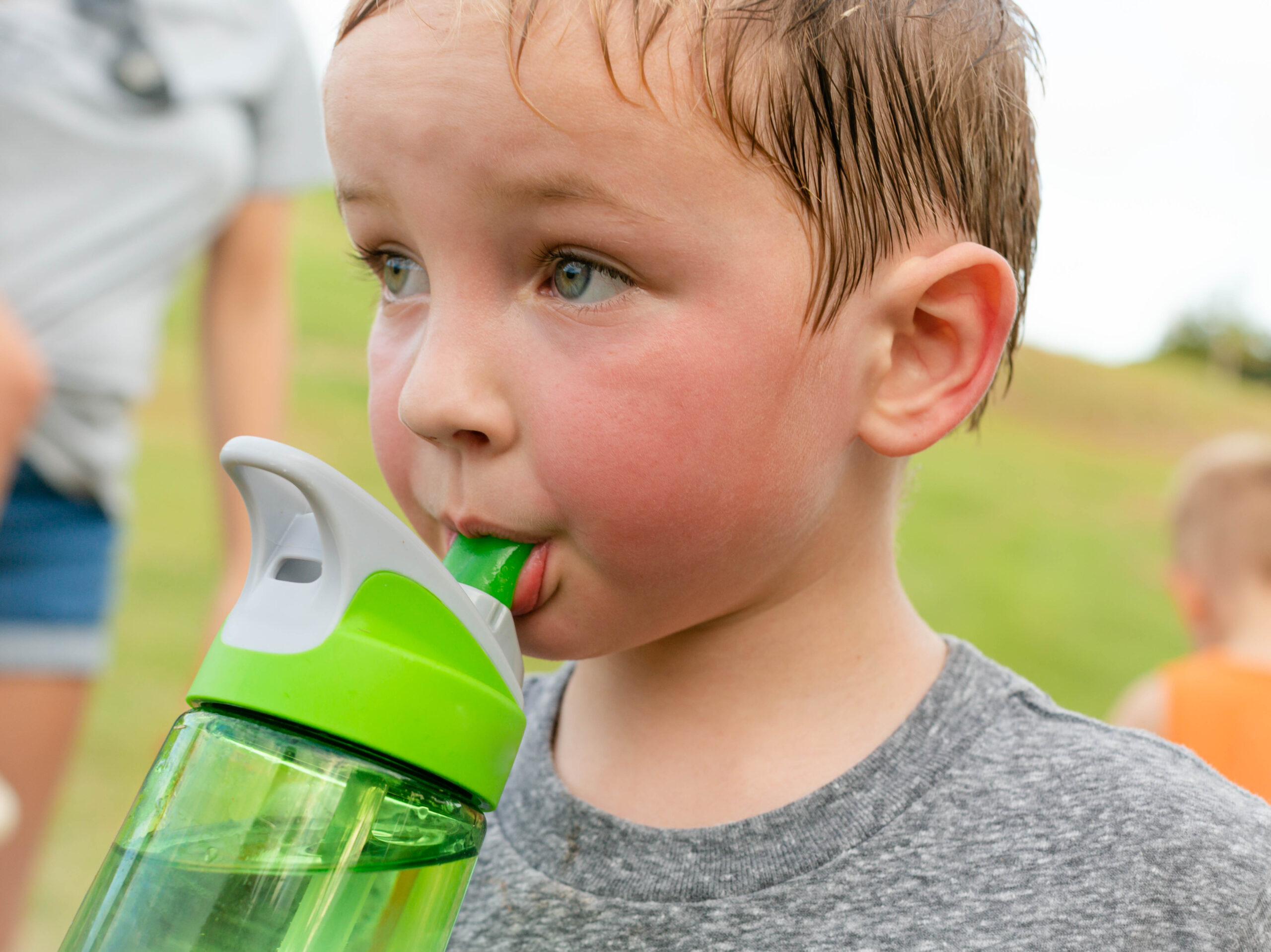Understanding the Difference: Heat Exhaustion vs Heat Stroke in Children
Heat exhaustion vs heat stroke in children — what’s the difference, and how can you keep your child safe? Summer is a season full of outdoor fun, sports, and family adventures, but it also brings rising temperatures and the risk of heat-related illnesses.
Children are more vulnerable to heat than adults, so it’s critical for caregivers to recognize the signs and act quickly. Here’s what you need to know.coping strategies, plus a few personal notes that helped me along the way.
Both conditions are serious, but heat stroke is more severe and requires immediate medical attention.
What Is Heat Exhaustion?
Heat exhaustion happens when the body loses too much water and salt, usually through heavy sweating during prolonged heat exposure.
Common Signs of Heat Exhaustion:

- Heavy sweating
- Pale or flushed skin
- Weakness or fatigue
- Dizziness or fainting
- Nausea or vomiting
- Cool, moist skin
- Muscle cramps
What to Do for Heat Exhaustion:
- Avoid further physical activity that day.
- Move the child to a shaded or air-conditioned area.
- Offer cool water or a sports drink (not sugary or caffeinated).
- Remove extra clothing and apply cool, damp cloths to the skin.
- Use a fan or cool bath if available.
What Is Heat Stroke?
Heat stroke occurs when the body can no longer regulate its temperature, rising to dangerous levels (104°F / 40°C or higher). This is a medical emergency.
Warning Signs of Heat Stroke:
- Very high body temperature
- Hot, red, dry or damp skin
- Rapid pulse
- Confusion or unusual behavior
- Seizures
- Unconsciousness
What to Do for Heat Stroke:
- Call 911 immediately.
- Move the child to a cooler place.
- Begin cooling with ice packs on the neck, armpits, and groin or sponge them with cool water.
- Do not give fluids if the child is confused or unconscious.
- Continue cooling until help arrives.
Learn more about heat-related illnesses on the CDC’s Heat Safety page.
Why Children Are at Greater Risk
Children sweat less, absorb heat faster, and may not recognize when they are overheating. They also tend to keep playing even when uncomfortable, increasing their risk of heat-related illness.
The American Academy of Pediatrics explains these risks and prevention tips in detail.
Prevention Tips for Parents and Caregivers
1. Keep Hydration a Priority
Encourage regular water breaks — don’t wait for them to say they’re thirsty.
2. Dress for the Heat
Opt for lightweight, light-colored, breathable clothes and add hats or sunglasses for extra sun protection.
3. Plan Around the Heat
Avoid outdoor activities during peak heat (10 AM – 4 PM) when possible.
4. Take Regular Breaks
Encourage rest in the shade or indoors, even if your child resists.
5. Never Leave Kids in Cars
Temperatures inside a car can reach deadly levels in minutes, even with windows cracked.

6. Use Sunscreen
Sunburn reduces the skin’s ability to cool itself and increases risk of heat illness.
When in Doubt, Seek Help
If you’re unsure whether it’s heat exhaustion or heat stroke, err on the side of caution and seek medical care immediately. Quick action can prevent serious complications.



